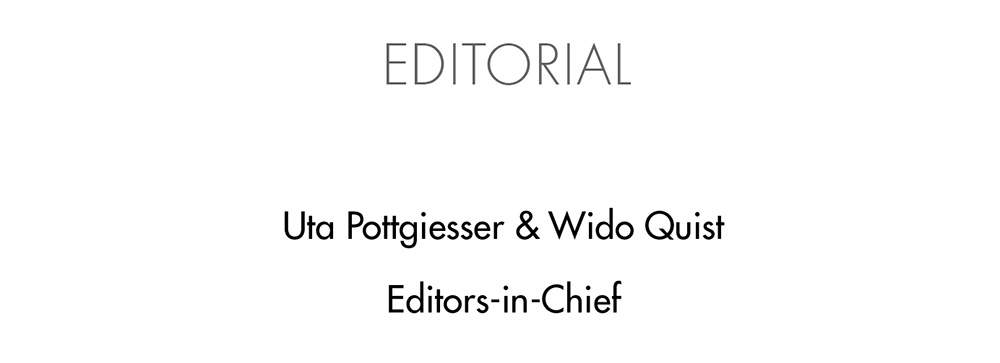Downloads
DOI:
https://doi.org/10.52200/docomomo.74.edAbstract
The idea for this special issue was born during the Imperfect Modernism conference in a discussion with the guest editors Liutauras Nekrošius and Kateryna Didenko. Held in Vilnius in May 2024 and organized by the guest editors of this special issue, the conference brought together scholars, architects, and experts in heritage preservation from Canada, Cyprus, Eritrea, Georgia, Germany, Israel, Kosovo, Lebanon, Lithuania, Poland, Portugal, and Ukraine. A wide range of issues was discussed, highlighting the uniqueness of regional adaptations in conservation, restoration, and adaptive reuse of buildings, sites and neighborhoods of the Modern Movement shaped by each country’s political, economic, and socio-cultural factors, while also revealing shared patterns.
Turning to the discussion on the concept of Modernism, it is worth noting that different manifestations and perceptions of modernist heritage have evolved throughout the 20th and 21st centuries across diverse contexts and value systems. Scholarly debates, conservation practices, international initiatives, and local experience have shaped the concept as layered and flexible, now encompassing not only doctrinal modernist works and interpretations but a broader spectrum of modernities.
How to Cite
Published
Issue
Section
License
Copyright (c) 2025 Uta Pottgiesser, Wido Quist

This work is licensed under a Creative Commons Attribution 4.0 International License.
Plaudit
References
PEVSNER, N. (1976). Pioneers of modern architecture. Yale University Press.
TOSTÕES, A. (2017). How to love modern [post-]colonial architecture: Rethinking memory in Angola and Mozambique cities. Architectural Theory Review, 21(2), pp. 1-22. DOI: https://doi.org/10.1080/13264826.2017.1350990
TOURNIKIOTIS, P. (2007). Modernism and the issue of otherness. In Other Modernisms: A Selection from the DOCOMOMO Registers. Docomomo Journal, 36, pp. 5-79. https://doi.org/10.52200/docomomo.36. DOI: https://doi.org/10.52200/docomomo.36
UNESCO World Heritage Centre (2003). Identification and documentation of modern heritage (World Heritage Papers 5). UNESCO.
HAYASHI, K., Muramatsu, S., Yamana, Y., & Widodo, J. (Eds.). (2024). mASEANa: Appreciating modern ASEAN architecture (Paperback). Docomomo Japan. ISBN 978-4-904700-80-8
FOOLE, F., Eikhoudt, B., Bierman, J. (Eds.) (2010). Ecomomo – Hoe duurzaam is Modern Erfgoed, Docomomo Netherlands, ISBN 9789052693972. https://www.docomomo.nl/upload/files/publicatie_ecomomo1_1.pdf
TOSTÕES, A., Blasi, I. & Prudon, T. (Eds.) (2011). Modern and Sustainable. Docomomo Journal, 44. https://doi.org/10.52200/44.I.Z10ME4PV. DOI: https://doi.org/10.52200/44.A.Y5JILQMJ





